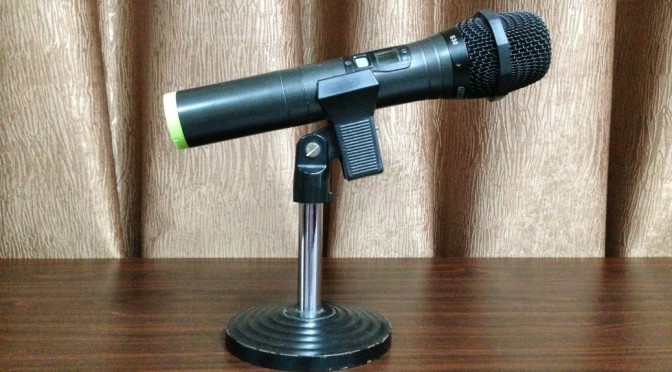All change, please!
This page has been updated and is now on a new version of this site.
This notice will remain online until 20 September 2016.

All change, please!
This page has been updated and is now on a new version of this site.
This notice will remain online until 20 September 2016.

What I do as part of teaching at the Communication University of China is to — well, of course, teach kids, but also to get them to look good onstage. It is said that public speaking is the one thing that is feared the most, especially in the United States, and you’d think for that nation of inspired speakers, such statistics would be hard to imagine.
Some of the kids end up great onstage; others merely murmur even with their mouth an inch away from the microphone. Here are the ten #FAILs I’ve seen — for best results, don’t be like them.
Thankfully, I’ve seen a few students that outright shone. The recent teaching contest ended up with the winner giving a talk that could easily win her TEDx access. (She also ended up being promoted straight to the national finals, in addition to winning the Beijing round of the contest.) There’s still hope out there. I’m hoping we’ll see more and more star speakers. Here’s hoping we do!
All change, please!
This post has been updated and is now on a new version of this site.
This notice will remain online until 20 September 2016.
Makers.
There — I did it this way because having two appearances of “makers” in the same sentence would sound kind of weird, no?
Lest you thought I aped Steve Ballmer, nope. It wasn’t an excess of some North American comedy either. Let me tell you guys one thing: the worst thing than can happen when your mouth is less than an inch away from the microphone — is to bore the living and dead #beep out of people. I’m not kidding you. I had those terrible lessons in my BEc years in university because that teacher sat in one of these positions:—
and delivered an (un)academic sermon for 90 minutes straight. Jeez. After 15 minutes, I gave it up and favoured a little Lonely Planet guide into Hong Kong.
Whenever I speak I favour a handheld mic for the simple reason it gets me away from the lectern. First, you’ve got to move your eyeballs, so there goes all that (potential) drowsiness. Second, you can actually do crazy things with the thing, as you’re no longer chained to any one place in particular. You also have total control over the crazy noises you do. These days in China, presentation counts.
And the content, too, by the way. Today in my two-hour lingo sermon (which thankfully had nobody sleeping; this is a major problem here in China), I proceeded to rip open Chinglish at face value and tell people what made this weird lingo concoction of ours up. Inspired were about 60 or 70 people in the increasingly internationalising (that’s a word, I guess!) community of Tuanjiehu in eastern central Beijing. Yep, senior citizens, but also young kids from universities in town. Turns out there were a few things of note:—
which was why we’ve Chinglish on our signs. I didn’t feel any better when I spotted a few more in western Beijing’s district of Mentougou (one of these folks I know who might be in charge of Chinglish is going to get a pretty stern warning from me soon), but rest assured — I’m here to get rid of the whole thing.
Don’t you feel much more at ease when you’re told to let passengers exit first instead of this random bit?… “After first under on, do riding with civility…”
Picture credit: Co-host Alison Zhou. I do radio programmes with her every Wednesday afternoon from 15:00-16:00 Beijing time. You can’t miss us; we’re also to be heard online at am774.com.